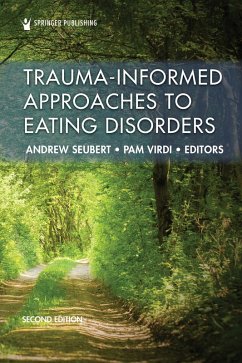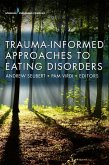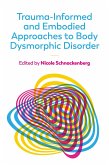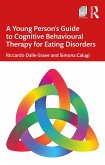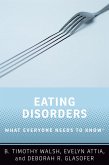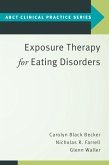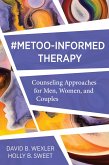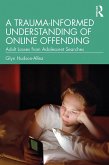The most comprehensive and practical book examining the relationship between trauma, dissociation, and eating disorders
This hands-on clinical guide delivers a trauma-informed phase model that promotes effective treatment for individuals with all forms of eating disorders. The second edition includes the addition of new chapters addressing the impact of a variety of contemporary issues-such as racism, LGBTQIA+ bias, COVID-19, and neurodiversity-on eating disorders as well as the treatment of eating disorders and trauma on children and teens. Case studies are also included throughout the text to illustrate these issues among all types of clients with eating disorders.
Underscoring its effectiveness, the book describes in depth a four-phase treatment model encompassing team coordination, case formulation, and a trauma-informed, dissociation- and attachment-sensitive approach to treating eating disorders. Authored and edited by noted specialists in eating and other behavioral health disorders, the text examines these maladies from neurological, medical, nutritional, and psychological perspectives. Dedicated chapters address each treatment phase from a variety of orientations, ranging from Eye Movement Desensitization and Reprocessing (EMDR) and Cognitive Behavioral Therapy (CBT) to body-centered and creative therapies. Recognizing the potential pitfalls and traps of treatment and recovery, it also includes abundant psychoeducational tools for the client.
New to the Second Edition:
Key Features:
This hands-on clinical guide delivers a trauma-informed phase model that promotes effective treatment for individuals with all forms of eating disorders. The second edition includes the addition of new chapters addressing the impact of a variety of contemporary issues-such as racism, LGBTQIA+ bias, COVID-19, and neurodiversity-on eating disorders as well as the treatment of eating disorders and trauma on children and teens. Case studies are also included throughout the text to illustrate these issues among all types of clients with eating disorders.
Underscoring its effectiveness, the book describes in depth a four-phase treatment model encompassing team coordination, case formulation, and a trauma-informed, dissociation- and attachment-sensitive approach to treating eating disorders. Authored and edited by noted specialists in eating and other behavioral health disorders, the text examines these maladies from neurological, medical, nutritional, and psychological perspectives. Dedicated chapters address each treatment phase from a variety of orientations, ranging from Eye Movement Desensitization and Reprocessing (EMDR) and Cognitive Behavioral Therapy (CBT) to body-centered and creative therapies. Recognizing the potential pitfalls and traps of treatment and recovery, it also includes abundant psychoeducational tools for the client.
New to the Second Edition:
- Delivers updated content throughout the text and new chapters addressing the impact of racism, LGBTQIA+ bias, COVID-19, and neurodiversity on eating disorders
- Presents an EMDR-ED protocol as an innovative approach for treating eating disorders
- New chapter on the presence and treatment of eating disorders and trauma among children and teens
Key Features:
- Provides an understanding of eating disorders from neurological, medical, nutritional, and psychological perspectives
- Maps out a proven, trauma-informed, four-phase model for approaching trauma treatment in general and eating disorders specifically
- Illuminates the approach from the perspectives of EMDR therapy, ego state therapy, somatosensory therapy, trauma-focused CBT, and many others
- Provides abundant psychoeducational tools for the client to deal with triggers and setbacks
- Offers the knowledge and expertise of over 25 international researchers, medical professionals, and clinicians
Dieser Download kann aus rechtlichen Gründen nur mit Rechnungsadresse in A, D ausgeliefert werden.

